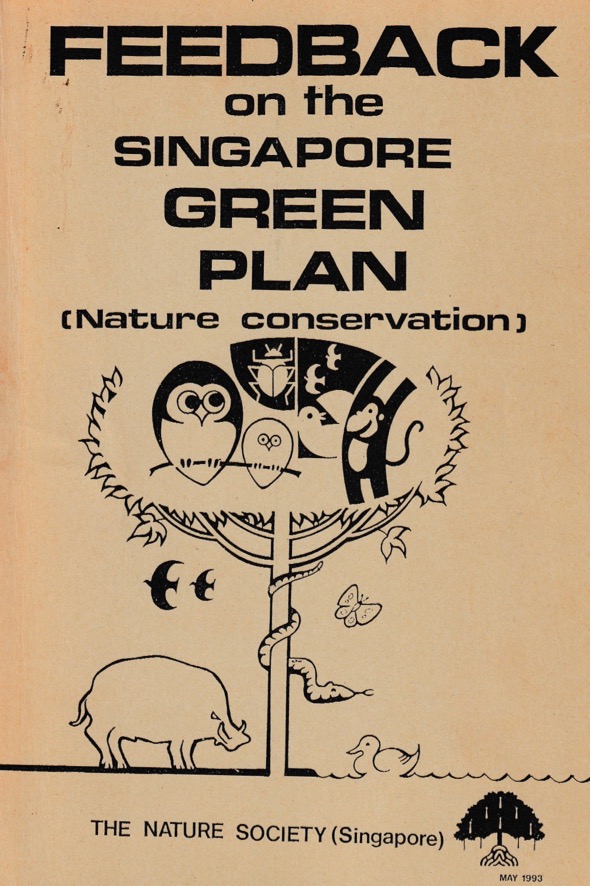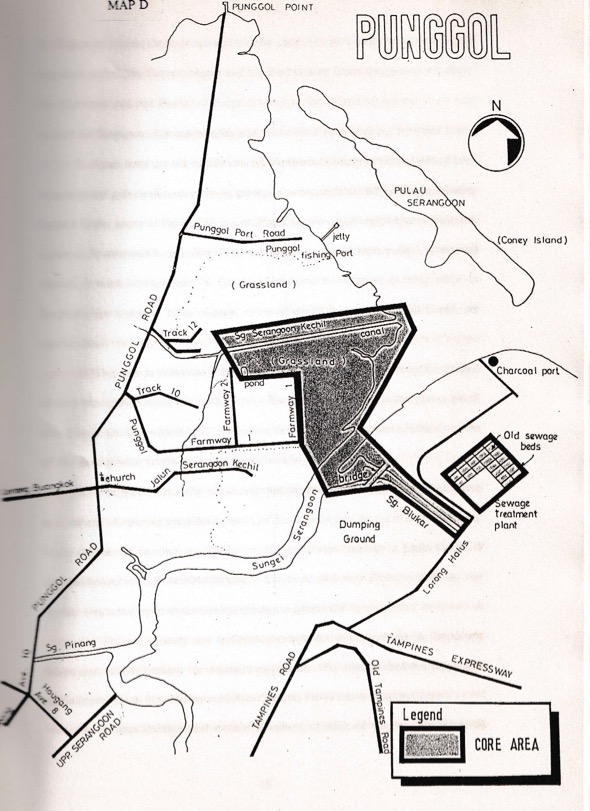Earlier posts: 1. Introduction; 2. Sungei Buloh; 3. Kranji Heronry; 4. Khatib Bongsu; 5. Senoko; 6. Marina South.
I am unable to find the original proposal for the conservation of Punggol Grassland, if ever there was one. However, the Feedback on the Singapore Green Plan (Nature Conservation) 1993 by the Nature Society (Singapore) gives a detailed account (below).
The 40 hectares area was made up of abandoned prawn/fish ponds, highly degraded mangroves, grassy areas and unused sewage beds overgrown with weeds (below).
The area had been left relatively untouched for many years and was covered with young growth. Naturally wildlife, including birds, returned to reclaim the area. After all, any abandoned area would be covered with plant growth and as a consequence there would be wildlife. Under such a condition, even my backyard would be rich in birdlife, with a couple of rare, locally endangered species thrown in.
To ask for the conservation of such an area would be unreasonable. But then at that time we never believed we were so. Members of the Nature Society had at that time been thrust into the role of environmental activists as a result of the Sungei Buloh success LINK. And being new to conservation, we were proposing one area of yet-to-be-developed land after another be converted into nature areas. Obviously we were, to put it mildly, more than a little naïve.
With the benefit of hindsight I would now agree that we do not have the luxury of putting aside each and every open space for the birds. Instead we should value our more matured habitats that are already protected as nature reserves and ensure their continued survival.
Hopefully we will become more mature in our thinking on nature conservation after learning from the past.
YC Wee
Singapore
2nd April 2017
Secretary, Malayan Nature Society (Singapore Branch) 1978-1990; Founding President, Nature Society (Singapore) 1990-1995










